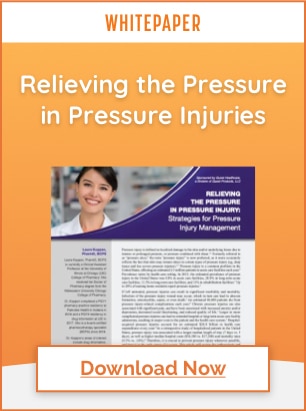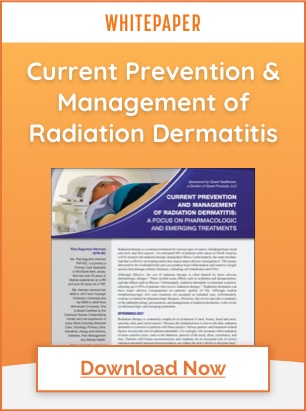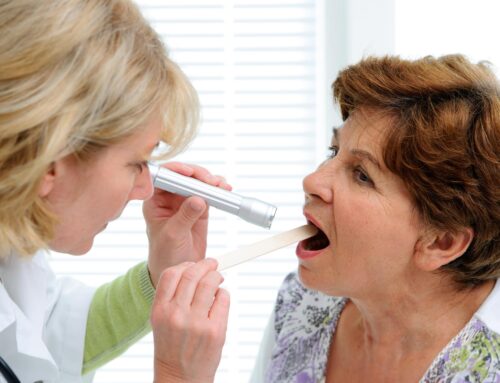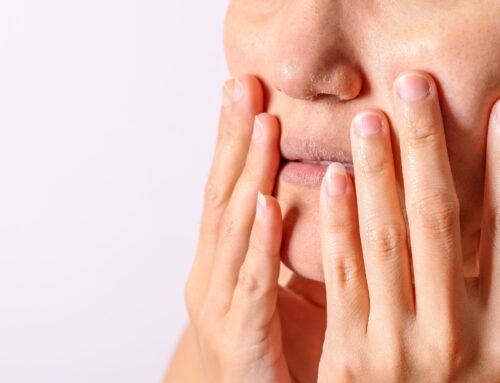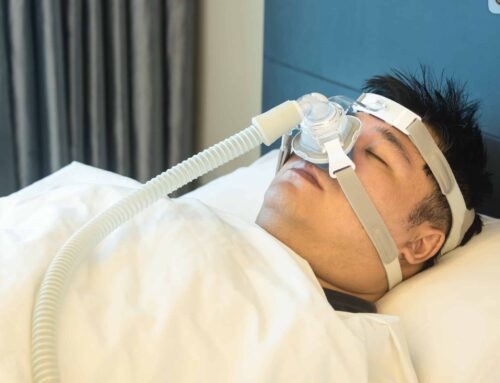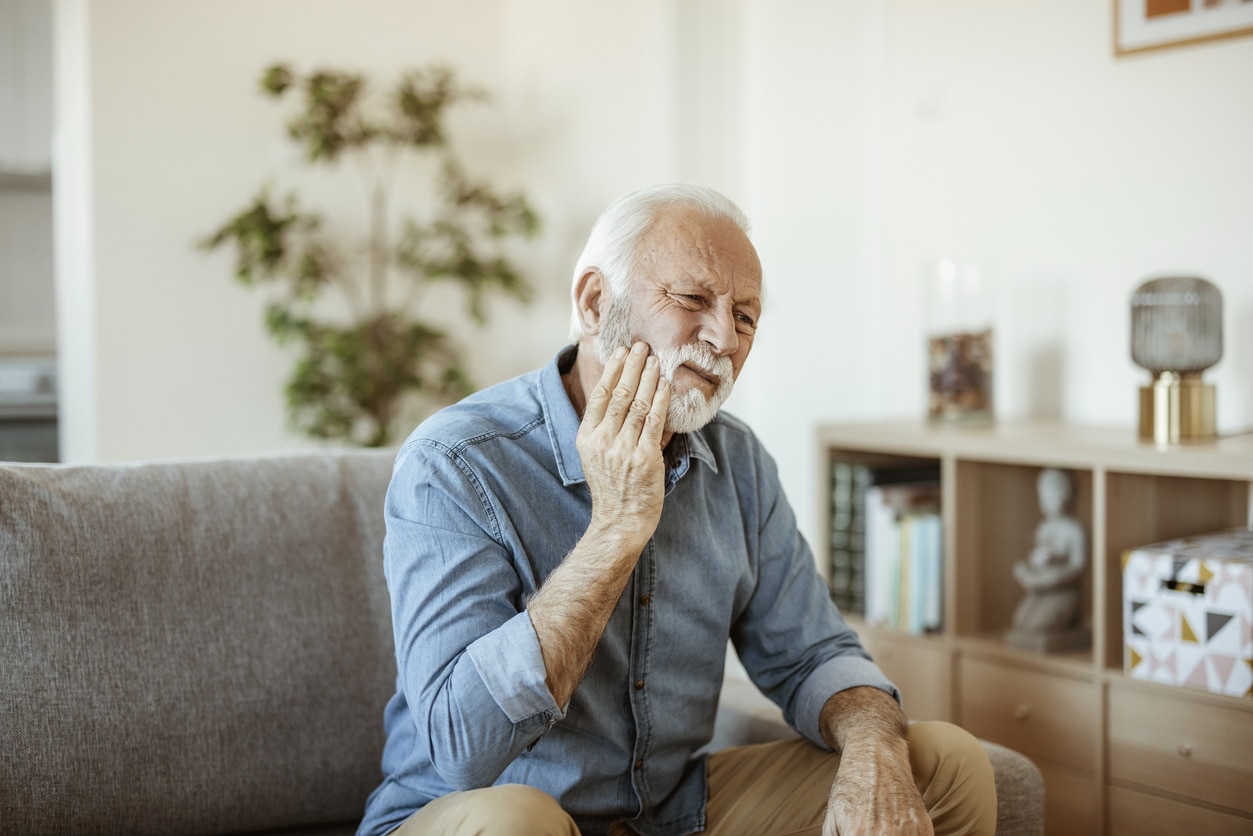
The Impact of Radiation Therapy: Xerostomia
Xerostomia is a condition in which the salivary glands in the mouth don’t make enough saliva to keep the mouth wet, this is also often referred to as dry mouth. Xerostomia can be a chronic condition or caused by a number of diseases such as Sjogren’s Syndrome, Scleroderma, HIV / AIDS, and Diabetes. Xerostomia can also be a side effect of over 1,800 medications and radiation therapy.1
Signs and Symptoms of Xerostomia
Those who are experiencing Xerostomia can suffer from a variety of uncomfortable symptoms, including1:
- Bad breath
- Pain in the throat, tongue, gingival, or dental ridge
- Changes in taste, speech, and swallowing
- Tingling, burning, or stickiness in the mouth
- Cavities
- Gum problems
- Ulcerations
These symptoms can all occur because of the lack of saliva in the mouth.
The Importance of Saliva
Saliva is a fluid that contains water, electrolytes, mucus, and enzymes that are integral components to oral health. When the mouth lacks saliva, numerous negative symptoms can be experienced.
The protective role and benefits of saliva include2:
- Chemical digestion
- Lubrication
- Dilution
- Thermo-regulation
- Antimicrobial actions
- Amylase lipase
Without these protective functions of saliva that include antimicrobial activity, control of pH, and removal of food debris from the oral cavity, the risk of developing Candida infection and dental cavities increases.2
Radiation Therapy
Radiation therapy is a type of cancer treatment that uses beams of intense energy to kill cancer cells. Radiation therapy is used to treat just about every type of cancer, and more than half of all people with cancer receive radiation therapy as part of their cancer treatment.3
Radiation therapy side effects depend on which part of the body is being exposed to the radiation and how much is used. Luckily, most side effects can be controlled or treated.
If the head and neck are exposed to radiation, side effects including dry mouth, difficulty swallowing, sore throat, nausea, mouth sores, and tooth decay can present.3
Impact of Xerostomia After Radiation Therapy
64% of long-term survivors of head and neck carcinoma (at least 3 years after conventional RT) experience a moderate to severe degree of Xerostomia.4 This can seriously impair health-related quality of life and even the social activities of long-term survivors following head and neck radiotherapy.5
Xerostomia can also lead to alterations in speech and taste, malnutrition and difficulty in mastication, and deglutition.6 Oral mucosal dryness after radiation can also change the oral pH level and predispose patients to mucosal ulcerations, fissures, dental caries, and oral infection.7
Management of Xerostomia
There are numerous ways to manage xerostomia in those who have had radiation therapy. In addition to prescription and over-the-counter medications, certain lifestyle changes can help reduce the incidence of xerostomia.
It is recommended that those undergoing radiation therapy consider:
- Avoiding mouthwash that contains alcohol
- Using a humidifier at night
- Breathing through the nose, not the mouth
- Avoiding over-the-counter antihistamines or decongestants
- Using XyliMelts
XyliMelts® and Xerostomia
There are many over-the-counter medications on the market for dry mouth. This includes rinses, sprays, lozenges, soft chews, and toothpastes. However, these options often fall short of XyliMelts®, a patented adhering disc that works up to 8 hours at night and is proven to reduce morning dryness.
XyliMelts® are an all-natural oral adhering disc that slowly dissolves, releasing 550 mg Xylitol and oral lubricant. XyliMelts® are the only patented “oral adhering disc” that sticks to your gums and can help produce saliva while you sleep, and suppress harmful bacteria that flourish in dry mouths.
A study in the International Journal of Dental Hygiene shows participants using XyliMelts® experienced a significant improvement in subjective wetness (P < 0.001) and a significant decrease in perceived morning discomfort (P < 0.02) within 1 week of use of the discs.8
Request XyliMelts® samples for your radiation therapy patients today.
Request an Educational In-Service
Are you interested in learning more about this topic, among others, and educating those within your healthcare facility? Request a virtual 20-30 minute Educational In-Service for your team today, and we’ll even have lunch delivered to your office!
Disclaimer: The material contained is for reference purposes only. Quest Healthcare, A Division of Quest Products, LLC, does not assume responsibility for patient care. Consult a physician prior to use. Copyright 2023 Quest Healthcare, A Division of Quest Products, LLC.
Sources:
- Ship JA Pillemer SR Baum BJ; Xerostomia and the geriatric patient. J Am Geriatr Soc. 2002; 50: 535-543
- Marmiroli L, Salvi G, Caiazza A, Di Rienzo L, Massaccesi M, Murino P, Macchia G Rays. 2005 Apr-Jun; 30(2):145-8. 5.https://www.intechopen.com/books/saliva-and-salivary-diagnostics/functions-of-saliva
- https://www.mayoclinic.org/tests-procedures/radiation-therapy/about/pac-20385162
- Jemal A, Siegel R, Ward E, et al. Cancer statistics, 2006. CA Cancer J Clin. 2006; 56: 106–130.
- Importance of the initial volume of parotid glands in xerostomia for patients with head and neck cancers treated with IMRT.Nishimura Y, Nakamatsu K, Shibata T, Kanamori S, Koike R, Okumura M, Suzuki MJpn J Clin Oncol. 2005 Jul; 35(7):375-9.
- Salivary gland sparing and improved target irradiation by conformal and intensity modulated irradiation of head and neck cancer.Eisbruch A, Ship JA, Dawson LA, Kim HM, Bradford CR, Terrell JE, Chepeha DB, Teknos TN, Hogikyan ND, Anzai Y, Marsh LH, Ten Haken RK, Wolf GT World J Surg. 2003 Jul; 27(7):832-7.
- Eisbruch A, Rhodus N, Rosenthal D,.Murphy B, Rasch C, Sonis S, et al. How should we measure and report radiotherapy-induced xerostomia? Semin Radiat Oncol 2003;13:226–34
- https://www.rdhmag.com/patient-care/rinses-pastes/article/16407623/a-simple-solution-to-xerostomia

